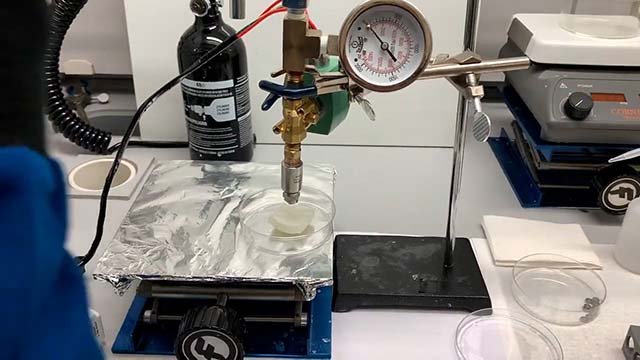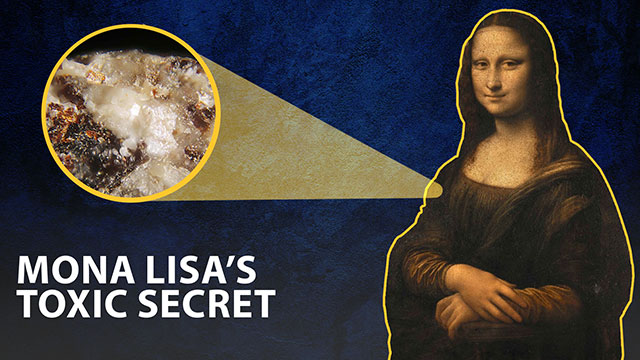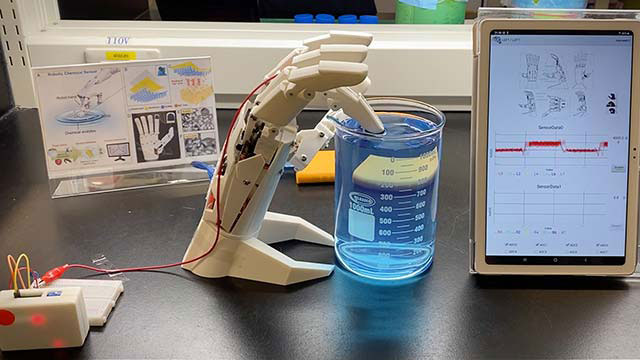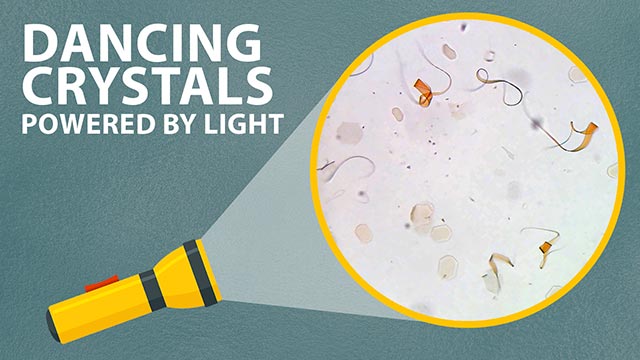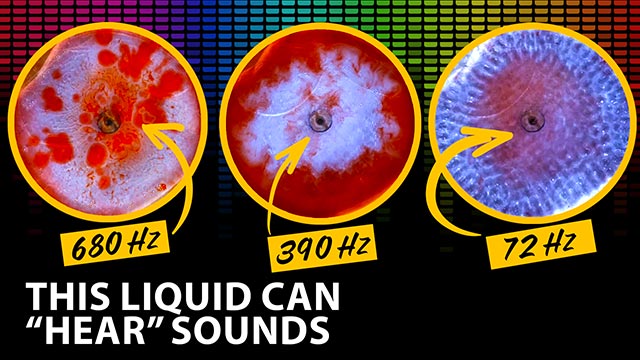In chemistry, we have He, Fe and Ca — but what about do, re and mi? Hauntingly beautiful melodies aren’t the first things that come to mind when looking at the periodic table of the elements. However, using a technique called data sonification, a recent college graduate has converted the visible light given off by the elements into audio, creating unique, complex sounds for each one. Today, the researcher reports the first step toward an interactive, musical periodic table.
Source Article
“Designing an interactive musical periodic table: Sonification of visible element emission spectra”
March 26, 2023
Corresponding author: W. Walker Smith
- Watch an interview with the researcher.
- Read an ACS press release about this research: What do the elements sound like?
Transcript
Narrator: You probably know what an element looks like. You can probably even identify some by smell or taste. But what does an element sound like?
(helium vibrates)
What you're listening to is the hauntingly beautiful sound of helium. This sound was made through a process called data sonification. The project's creator, Walker Smith, has previously combined his passions of music and chemistry and converted the natural vibrations of molecules into a musical composition. But this time around, Walker decided to tackle the periodic table of elements. Walker will present his work at ACS Spring 2023, a meeting of the American Chemical Society.
Elements emit visible light when they're energized. This light is made up of multiple individual wavelengths with brightness levels that are unique for each element. On paper, the individual wavelengths are visually hard to tell apart, especially for the transition metals. But converting the light into sound frequencies could be another way for people to detect the differences.
For instance, here's calcium (calcium vibrates)... helium (helium vibrates)... and oxygen (oxygen vibrates).
Walker built a computer code to convert each element's light data into mixtures of notes. The discrete color wavelengths become individual sine waves whose frequency corresponds to that of the light, and their amplitude matches the brightness of the light. Walker believes that this sound-based approach has value as an alternative teaching method in chemistry classrooms.
W. Walker Smith: This musical periodic table is a new audiovisual musical instrument that takes the concepts of chemical spectroscopy and communicates them in a really engaging way using sound and music. I found it to be a really effective science communication tool for reaching people of all ages.
To embed this video, please visit YouTube and use the Share function.




